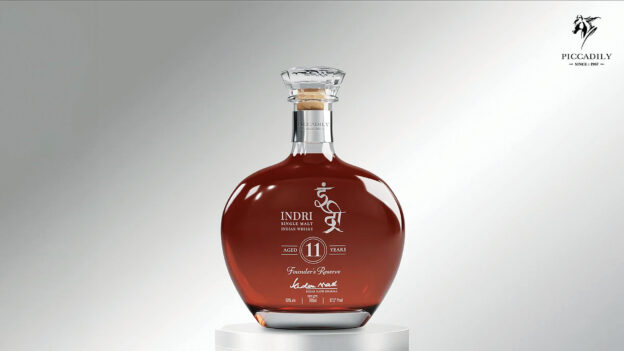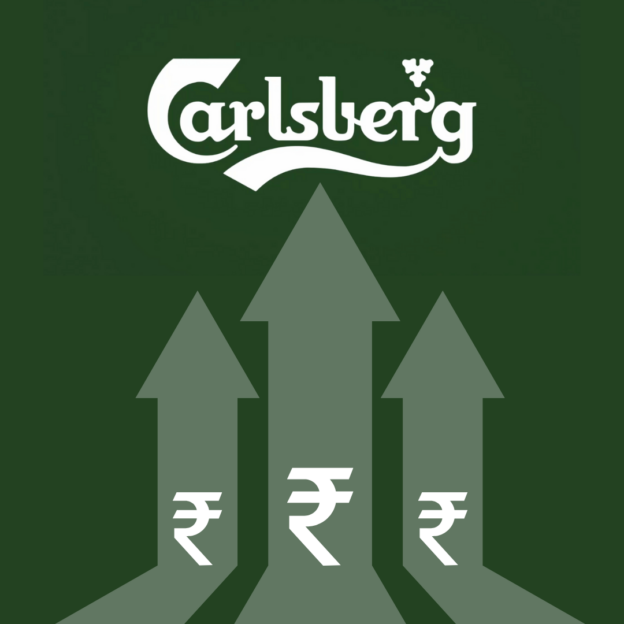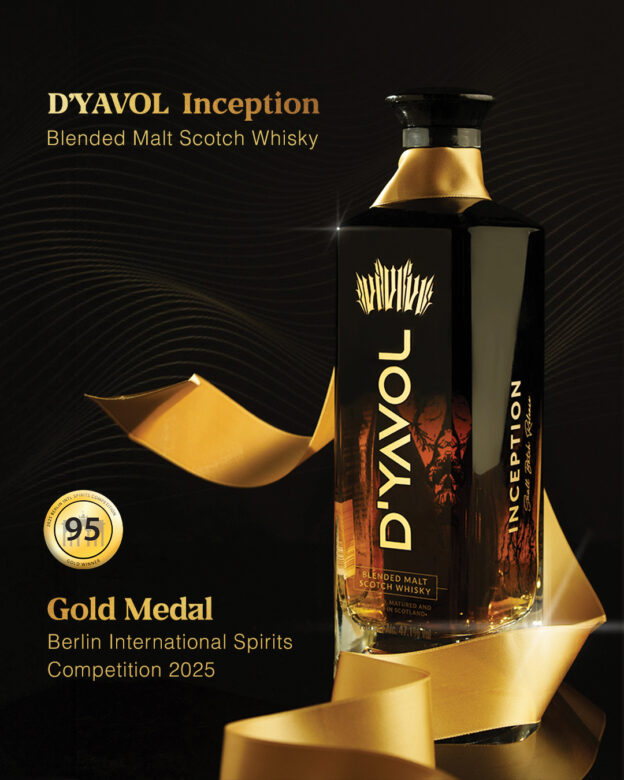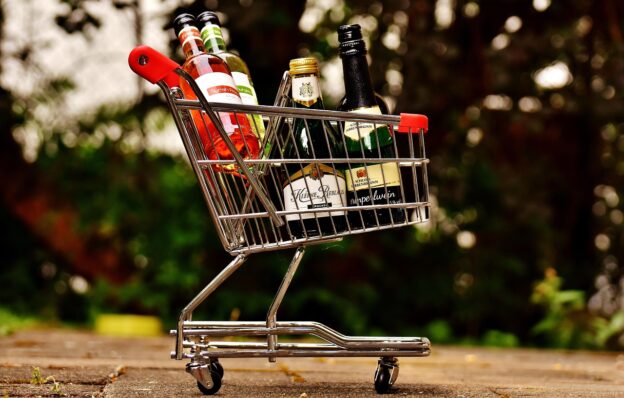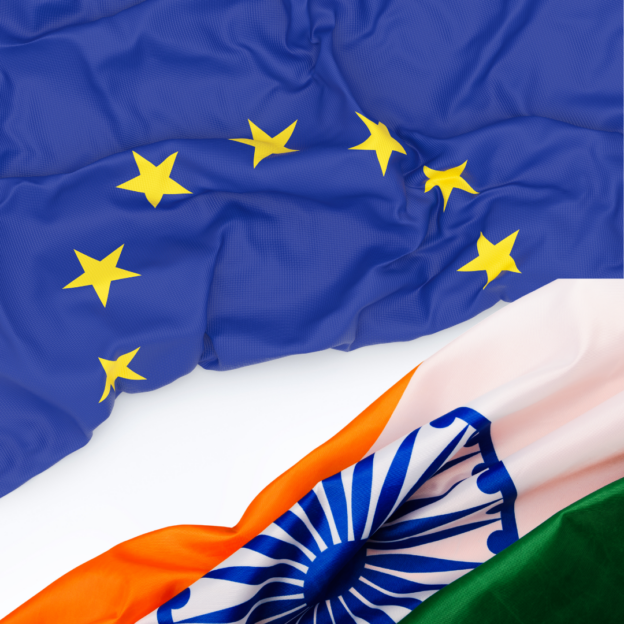- Q3 fy25 organic net sales decline -3% (-3% reported)
- YTD organic net sales decline -4% (-5% reported)
Pernod Ricard has reported a resilient net sales performance in a global macroeconomic and geopolitical environment which remains challenging and very fluid with regards to tariffs. The quarterly sales are impacted by some phasing technicalities that will reverse in Q4: namely in India, the impact of new customs clearance procedures and temporary production interruption in one major state, which is now resolved; in Global Travel Retail, a very high comparison base; and in some markets, the impact of the later Easter.
Pernod Ricard said the balanced and broad-based geographic breadth and its diversified portfolio remain key in mitigating some of the impacts caused by the challenging environment. The company said it is continuously adapting its resources with agility, deploying its operational efficiencies and steering the organisation to fuel future growth and optimising cash generation.
The FY25 Q3 Net Sales was €2,278m an organic decline of -3%, and -3% reported. The FY25 9 months Net Sales was €8,454m, an organic decline of -4% and -5% reported, with unfavourable Foreign Exchange impact of -€145m, and a favourable Group Structure of +€3m. The three quarter volumes grew by +1%, while price/mix effect declined by -5% driven by a strongly negative market mix, it said.
By regions, (Q3/YTD) – Americas +3% / -2%; USA +2% / -5%
Pernod Ricard said that the US Spirits market remains broadly stable. The Q3 Organic Net Sales are ahead of sell-out supported by wholesalers’ orders ahead of tariff announcements. The company’s ongoing focus on execution is illustrated by a steadily improving Sell-Out gap to market, on both volume and value. It reported improving performances on Jameson, Absolut, notably boosted by the success of Absolut Ocean Spray RTD and Kahlua.
It mentioned that Canada had strong growth YTD, driven by Bumbu, Absolut and Jameson and Brazil also showed continued solid momentum in Q3, with growth for Ballantine’s, Absolut and Chivas Regal.
Europe -7% / -3%
In France, the company registered solid growth YTD, driven by Ballantine’s, while in Spain it was soft performance, impacted by the later Easter timing. In Germany there was decline in an ongoing challenged macroeconomic context and lapping a high comparable basis. In Poland the performance was broadly stable YTD.
India +1% / +5%
Pernod Ricard reported dynamic growth YTD with strong underlying market demand and continuing premiumisation trends in Asia. It said there was a softer Q3 sales, impacted by phasing technicalities, due in part to the implementation of new customs clearance procedures affecting sales of imported Spirits, and a temporary production interruption in a major state which is now resolved. It said there has been ongoing strong growth of Jameson, and good performance of Ballantine’s and Royal Salute. Similarly, the company said there has been good growth on Seagram’s whiskies, notably Royal Stag. The strong momentum was expected in Q4, including catch-up from Q3.
China -5% / -22%
The release said that in China the macro context remains challenging. The company registered a sharp decline on Martell, while experiencing very strong ongoing growth on Absolut, Olmeca and Jameson. It said that as expected, Chinese Yuan was very soft and Q3 sales benefitted from cycling a favourable comparison basis. The price increase of mid-single-digit for Martell was taken in February.
In Japan there was strong momentum YTD, with Perrier-Jouet in double-digit growth while Korea continuing weakness in an environment of political disruption.
Global Travel Retail -31% / -17%
The company said that on expected lines, there was sharp decline driven by suspension of the duty-free regime on Cognac in China Travel Retail, compounded with a high comparison basis in Q3. However, there was continued growth in Europe and the Americas, driven by good travellers’ numbers and growth from cruises.
By brands:
The Strategic International Brands showed -4% / -6%, while there was YTD good growth for Jameson, Chivas Regal, Ballantine’s and Absolut, declines on Martell and Royal Salute. The Strategic Local Brands -5% / experienced flat, solid growth for Seagram’s whiskies, Olmeca and Kahlua and Specialty Brands reported -8% / -6%, with double-digit growth of Bumbu, good growth on Skrewball, soft performance for Aberlour.
FY25 Outlook
Pernod Ricard said, “In a context that remains very volatile, we are confirming our FY25 outlook of low-single-digit decline in Organic Net Sales while sustaining our Organic Operating Margin, supported by our programme of continuous operational efficiencies. This outlook incorporates the impact of expected tariffs in China and in the US based on the information we have today.
A&P will be maintained at c.16% of Net Sales and strict discipline applied to structure costs.
Maximising cash generation remains a core focus for the group. Negative FX impact on PRO for the full year is expected to be broadly similar to H1.”

